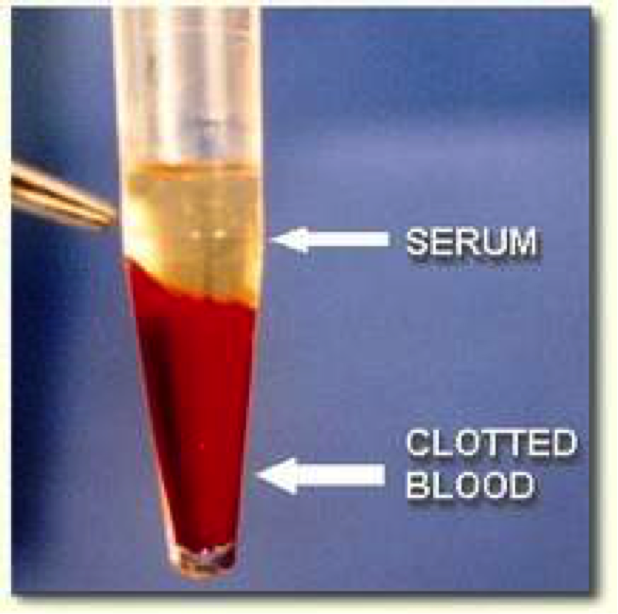Autologous Serum Drops for severe Dry Eyes
Dry eye is a common condition that affects many persons in our climate and who suffer with other chronic diseases such as Diabetes, Rheumatoid Arthritis, and Thyroid disease. Persons who have had chemical injuries to the eye, or are on medications that dry the mucous membranes are also susceptible. Commonly, chronic allergies may lead to damage to the lipid and protein-producing cells of the lid and conjunctival glands respectively, putting even younger persons at risk. The use of tear substitutes and steroids carry risk of worsening the surface conditions due to preservatives and other drug side-effects.
The serum, which is blood from which red cells and clotting factors have been removed by a process called centrifuging, is an excellent therapeutic option as serum is very similar to your own tears in pH, growth factors, immunological factors, protein and lipid contents. The drops are made from blood drawn from the patient. The serum is extracted after spinning down in a centrifuge at specific force/speed/time, and mixed in prescribed proportions with sterile fluid to formulate a preservative-free drop.

The Autologous Serum Drops must be kept frozen until used, and refrigerated while a thawed bottle is in use. The drops are made in 3 ml sterile bottles at Ophthalmic Suites. Patients must collect the drops within 2 hours of the blood taking process, transport on ice (in an igloo), and keep all bottles frozen until use. A swab for culture is always taken from the batch in order to record sterility and absence of contaminants from the person whose blood is making the drops. Only a person’s own blood can be used to make their eye drop.
The initial batch made usually lasts two to three months, each 3 ml bottle being discarded after 3 days in in the refrigerator. The drops are applied 5 times daily on average, and do not result in burning or discomfort, as the pH is similar to that of tears. Your ophthalmologist will monitor the healing process of the eye’s surface in order to determine how many repeated courses of autologous serum will be necessary for treating an individual’s condition.
Dr. Maynard McIntosh M.B.B.S., D.O. (UWI)
Ophthalmologist & LASIK Surgeon
